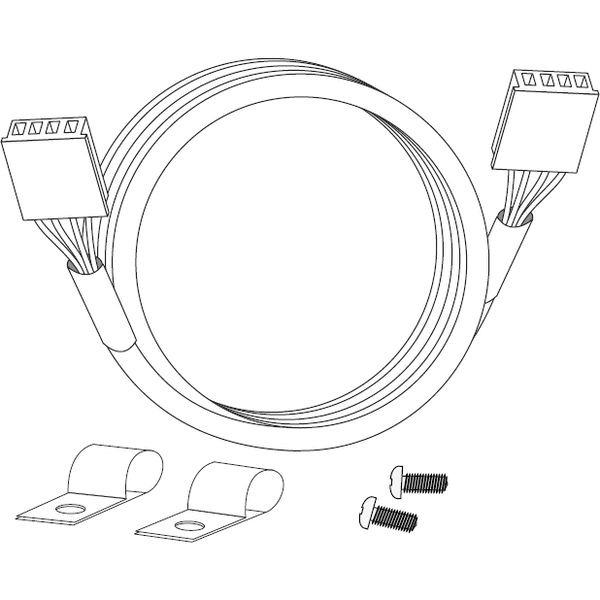Unveiling the Inner Workings of a Hot Water Heater: Key Components Explained

Hot water heaters are essential appliances in our homes, ensuring we have a steady supply of warm water for bathing, cleaning, and various household tasks. These devices may seem straightforward, but they consist of several crucial components that work together to provide the luxury of hot water on demand. In this blog, we'll take a closer look at the key components of a typical hot water heater.
1. Tank: The heart of a conventional hot water heater is its tank, often made of steel or glass-lined material. This tank stores and heats water, keeping it at a set temperature until needed. Tank sizes vary to accommodate different household needs, typically ranging from 20 to 80 gallons.
2. Dip Tube: Inside the tank, you'll find a dip tube that extends from the top to the bottom. Cold water enters through the dip tube and travels down to the bottom of the tank, where it's heated by the heating element or burner.
3. Heating Element or Burner: Electric hot water heaters use heating elements, while gas heaters rely on a burner. These hot water heater components heat the water inside the tank to the desired temperature. The thermostat controls the heating element or burner's operation.
4. Thermostat: The thermostat is a temperature control device that allows you to set the desired hot water temperature. It monitors the water temperature and signals the heating element or burner to turn on or off accordingly, maintaining a consistent temperature.
5. Pressure Relief Valve: Safety is a top priority in hot water heater design. The pressure relief valve is a safety device that prevents excessive pressure buildup inside the tank. If the pressure exceeds a safe limit, the valve releases water to reduce the pressure and prevent tank damage.
6. Anode Rod: Inside the tank, there's an anode rod made of aluminum or magnesium. The primary function of this sacrificial rod is to attract and neutralize corrosive elements in the water, protecting the tank from rust and corrosion.
7. Sediment Buildup Drain Valve: Over time, sediment can accumulate at the bottom of the tank. The drain valve allows you to flush out this sediment, helping maintain the efficiency and longevity of your hot water heater.
8. Cold Water Inlet and Hot Water Outlet: These are the pipes that deliver cold water into the tank and distribute hot water to your faucets and appliances, respectively. The hot water outlet includes a pipe connected to a dip tube to ensure that the heated water is drawn from the top of the tank.
9. Insulation: Hot water heater tanks are insulated to minimize heat loss and improve energy efficiency. Insulation materials surround the tank, helping to keep the water hot for longer periods, reducing the need for constant heating.
Understanding these key components of a hot water heater can help you appreciate the engineering behind this essential household appliance. Regular maintenance, such as flushing the tank and checking the pressure relief valve, can prolong the lifespan of your hot water heater and ensure a reliable supply of warm water for years to come.
